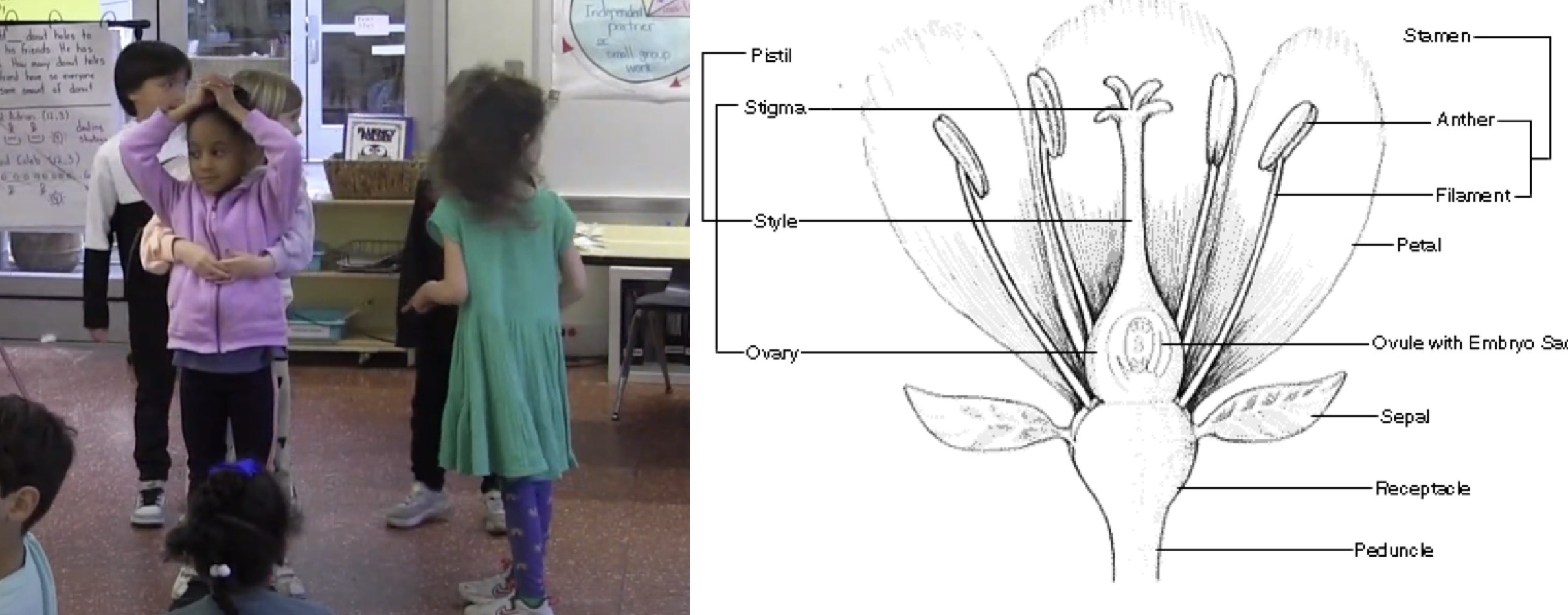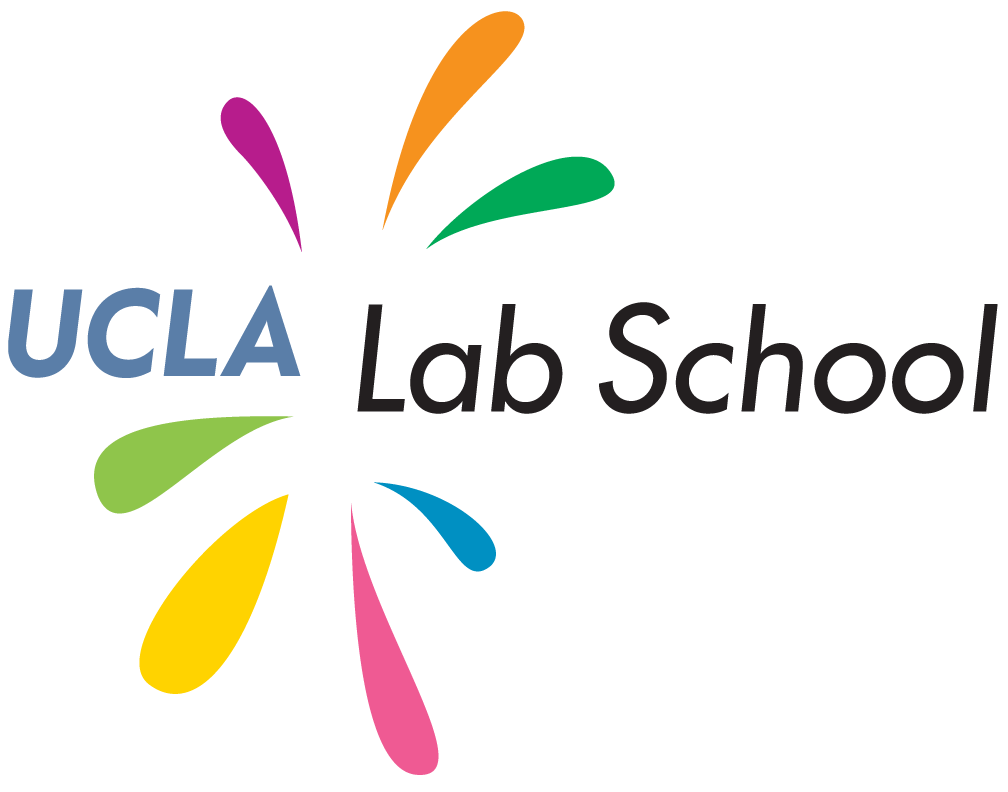Primary Students – 6 & 7 year olds
This spring has been a season of transformation in Rooms 3 & 4, where our budding environmentalists embarked on a buzzing adventure to understand the world of bees. Through art and play-based learning, the students have developed a profound respect and empathy for these tiny yet mighty pollinators.
Read More
